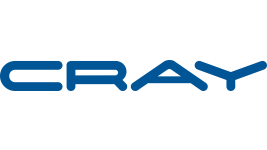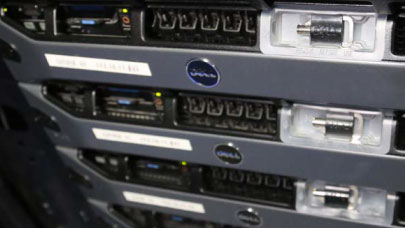The reluctance and misunderstanding of IT departments with regard to HPC is a major obstacle to its corporate mass adoption. Here are ten arguments that should lead your CIO to enlightenment…
Steve Conway, IDC Research Vice President, HPC
For organizations that already exploit HPC, HPC budgets are often at the mercy of chief information officers (CIOs) or other senior management officials who may not fully understand the nature and value of high performance computing. The same holds true for executives of organizations that haven’t adopted HPC yet. With that in mind, here are ten things that these executives should consider.
1 – HPC Is One of the Fastest-Growing IT Markets
Between 1990 and 2012, revenue for the worldwide HPC ecosystem – servers, storage, software, and services – ballooned more than tenfold, from $2 billion to $21.9 billion. Propelled by the standards-based cluster – an HPC innovation from NASA – the HPC server market expanded during the decade of the 2000s faster than the “hot” IT markets for flat-panel TVs or online gaming. The worldwide HPC server market posted record revenue in 2011 and 2012, with server systems costing $500,000 and up, achieving a 29.6% year-over-year revenue gain.
2 – Commercial Firms Began Adopting HPC in the 1970s
Following its initial growth spurt in the late 1960s and 1970s, the market for HPC systems has expanded over time by adapting to the requirements of successive waves of new users – in large part through advances in software. In 1976, the CRAY-1 supercomputer was delivered to its first customer, Los Alamos National Laboratory (LANL), as a blazingly fast hardware platform with no operating system. The second wave of adoption carried HPC into industry, initially the automotive, aerospace, and petroleum sectors, starting in the late 1970s. The third adoption wave, driven by the compelling price/performance of standards-based clusters, began in 2001–2002 and continues today. This phase greatly expanded the market for HPC by making this game-changing technology affordable and tractable for less-experienced users, such as financial services firms, consumer products makers, and online companies of nearly any size.
3 – 97% of Adopters Say HPC Is Indispensable for Their Ability to Compete and Survive
In a worldwide IDC study conducted for the Council on Competitiveness, based in Washington, D.C., 97% of the commercial firms that had adopted HPC said they could no longer compete or survive without it. The chief benefit cited by these firms is that HPC enables them to bring more innovative, higher-quality products and services to the market in shorter time frames. To out-compute is to out-compete.
4 – Senior Government Officials Increasingly Recognize HPC’s Economic Value
Worldwide political leaders increasingly recognize this trend:
– In his 2006 State of the Union address, U.S. President George W. Bush promised to trim the federal budget, yet urged more money for supercomputing.
– In 2009, Russian President Dmitry Medvedev warned that without more investment in supercomputer technology, Russian products “will not be competitive or of interest to potential buyers.“
– In February 2012, the European Commission announced that it had adopted a plan to double spending on HPC to €1.2 billion, with much of that money aimed at the installation of additional large supercomputers at leading European HPC centers.
5 – HPC Is Different from Business Computing
HPC jobs are different from business operations such as accounting, payroll, sales, customer relationship management (CRM), enterprise resource planning (ERP), transaction processing, human resources, and purchasing. The common denominator underlying HPC problems is a degree of algorithmic complexity that is atypical for business IT problems. Business IT workloads often consist of a large volume of tiny problems – for example, a business computer may process tens of thousands of transactions per second. In contrast, a single HPC problem may take not a fraction of one second but hours, days, weeks, or even months to process.
More around this topic...
© HPC Today 2024 - All rights reserved.
Thank you for reading HPC Today.































